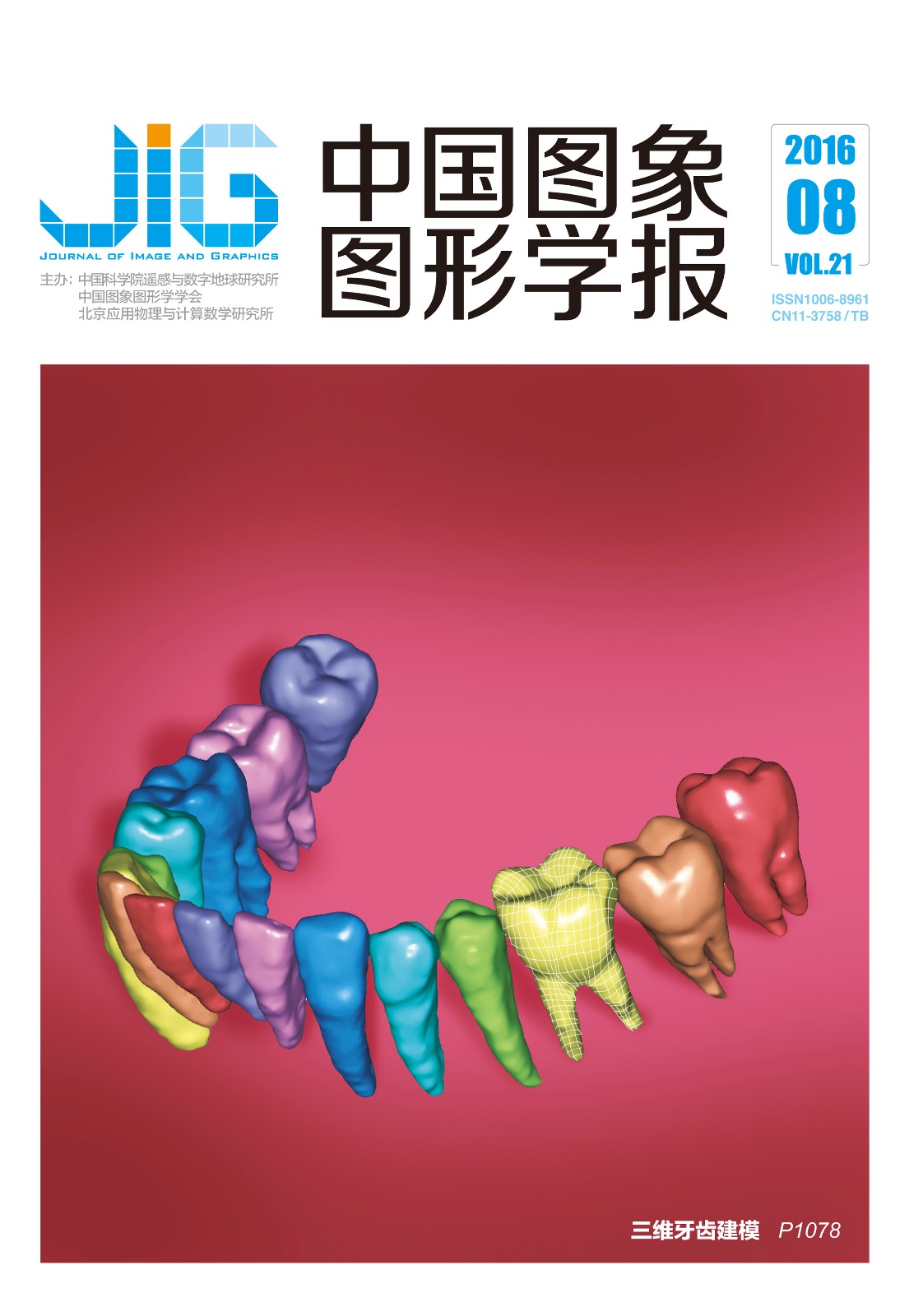
粒子群优化的压缩跟踪算法
摘 要
目的 针对基于压缩感知理论的跟踪算法跟踪效率不高和难以抗遮挡的问题,提出一种结合压缩感知和粒子群优化的跟踪算法。方法 将粒子群优化算法结合到压缩跟踪算法中,提出了采用粒子群优化的搜索方法替代在确定候选目标时,采用每隔一个像素选取一个候选目标的搜索策略;在目标发生遮挡时,采用粒子群优化的方法进行整幅图全局搜索。结果 20个视频序列数据库的目标跟踪结果表明,本文算法极大地提高了跟踪效率,并有很强的抗目标遮挡和形变的能力从而提高了跟踪的成功率。20个视频数据库进行了定量的分析,平均成功率达到了65.2%,平均中心位置偏差为33.4,平均每秒运行155.5帧。结论 提出的跟踪算法优化了搜索目标的计算次数,提高了算法的运行效率,当在目标发生遮挡时,采用粒子群优化进行全局搜索直到目标重新出现,从而提高了跟踪算法的跟踪成功率,本文算法能适用于不同场景,能够提高智能视频监控系统的智能监控性能。
关键词
Compressive tracking algorithm based on particle swarm optimization
Li Jie1,2, Zhou Hao1,2, Zhang Jin2, Gao Yun1, Ye Jin2(1.College of Information, Yunnan University, Kunming 650091, China;2.Kunming Institute of Physics, Kunming 650223, China) Abstract
Objective Object tracking is a key issue in computer vision. A tracking algorithm based on compressive sensing theory has a high success rate. However, the efficiency of this algorithm requires further improvement. In addition, this algorithm has to deal with target occlusion. A tracking algorithm based on compressed sensing and particle swarm optimization (PSO) was proposed by focusing on the aforementioned issues. Method To improve the efficiency of a tracking algorithm based on compressed sensing, the PSO algorithm is incorporated into compression tracking. Furthermore, PSO was chosen over the method that required every other pixel to select target candidates. When a target is occluded, the proposed tracking algorithm can search the total image using PSO. The global search capability of PSO can be efficiently used by the proposed algorithm. This feature can significantly reduce the time required to find the target while improving the anti-occlusion capability of the tracking algorithm based on compressed sensing. Result The proposed algorithm is implemented on 20 publicly available challenging video sequences, and its performance is evaluated through a comparison with 7 state-of-art methods. The time-consuming process of tracking each frame, the average success rate, and the average deviation of the center position are obtained from the experiment. Experimental results on the 20 video frames show that the proposed algorithm significantly improves tracking efficiency and can adapt to both appearance changes and occlusion. Thus, the tracking success rate is significantly improved. The experimental data indicated that the average success rate reached 65.2 percent at an average of 155.5 frames per second, with an average center position deviation of 33.4. The tracking success rate of the proposed tracking algorithm reached over 85 percent in 9 video sequences, and the center position deviation reached 16 pixels or less in 11 video sequences. Compared with similar algorithms, the average success rate, average center position deviation, and average frames per second of the proposed tracking algorithm are relatively superior. Conclusion In the compressive tracking algorithm that uses PSO to optimize the calculation of the number of search targets, the calculation count of target classification and recognition is reduced from the original 1 750 times to 120 times. The efficiency of the algorithm is significantly improved. Furthermore, when the target is occluded, the proposed algorithm uses PSO to search the entire image until the target reappears; once the target reappears, the proposed tracking algorithm resumes partial target search. Thus, the search capability of the tracking algorithm when the target is covered is improved. The proposed algorithm can find the reproduction target rapidly and accurately.
Keywords
computer vision object tracking compressive sensing particle swarm optimization feature extraction naive Bayesian
|



 中国图象图形学报 │ 京ICP备05080539号-4 │ 本系统由
中国图象图形学报 │ 京ICP备05080539号-4 │ 本系统由